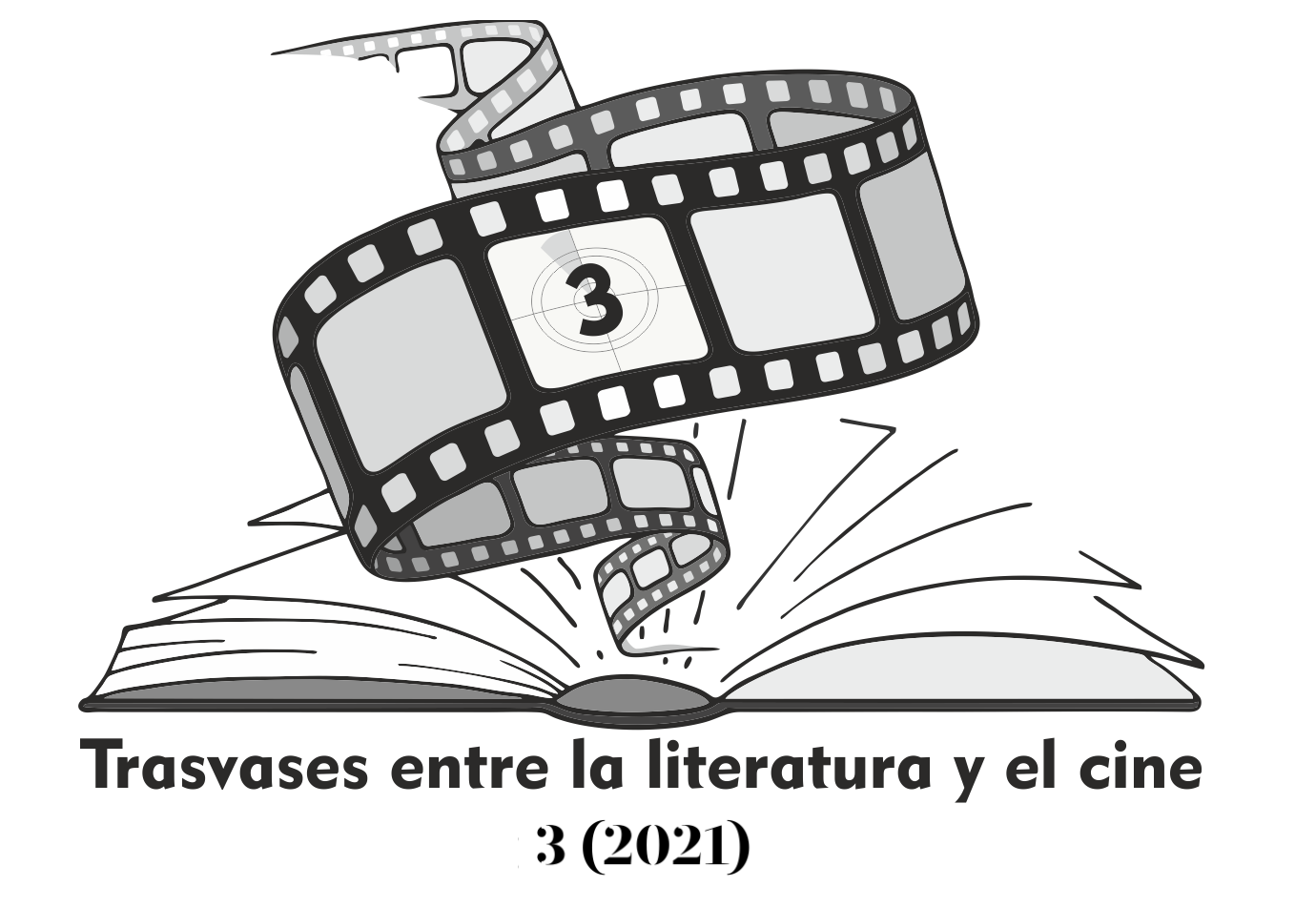The expressionist scene in the play The Visit and the film The Distinguished Citizen.
DOI:
https://doi.org/10.24310/Trasvasestlc.vi3.11977Keywords:
Expressionism, Theater, people, degradation, Cinema, The Visit, The Distinguished CitizenAbstract
The purpose of this article is to establish the common characteristics, from the expressionist point of view, between the play by Friedrich Dürrenmatt, La visita de la vieja dama, and the Argentine film directed by Gastón Duprat and Mariano Cohn, El ciudadano ilustre. In both works, the protagonist is the victim of the cruelty of the people from the village to which they belong and are subjected to the degradation of their surroundings and themselves. This study will look at the ideological background, thematic and the dominant dramatic and scenic techniques in both works that make them a continuation of the past expressionist movement
Downloads
Metrics
Publication Facts
Reviewer profiles N/A
Author statements
Indexed in
-
—
- Academic society
- N/A
- Publisher
- Universidad de Málaga
References
AGEL, Henri (1968), Estética del cine, Buenos Aires, Editorial Universitaria de Buenos Aires.
AMESTOY, Ignacio (2000), «Dúrrenmatt, I: La puesta en escena: ‘La vieja dama’ y la búsqueda de un teatro ritual», Primer acto: Cuadernos de investigación teatral, 283, págs. 15-23.
DÜRRENMATT, Friedrich (1996), Gespräche 1961-1990, Zürich, Diogenes Verlag.
DÜRRENMATT, Friedrich (2014), La visita de la vieja dama: una comedia trágica, Barcelona, Tusquets.
EISNER, Lotte (1988), La pantalla demoniaca, Madrid, Cátedra.
FONTANA, Patricio (2016), «El ciudadano ilustre y sus trampas», Revista Transas, Universidad Nacional de San Martín, 10-2016, págs. 1-3. Recuperado de: https://www.revistatransas.com/2016/10/20/el-ciudadano-ilustre-y-sus-trampas/
GARCÍA TEMPLADO, José (2000), «La visita de la Vieja Dama. Otro punto de vista», Espéculo, 14, s. pág. [En línea:
https://webs.ucm.es/info/especulo/numero14/v_dama.html].
GUERRERO ZAMORA, Juan (1955), La imagen activa y el expresionismo dramático, Madrid, Ateneo.
IBSEN,Henrik (1972), Un enemigo del pueblo: drama en tres actos, Madrid, Escelicer.
KOTT, Jan (1965), «El rey Lear y Final de partida», Primer Acto, 69, págs. 4-17.
OLIVA, César (1990), Historia básica del arte escénico, Madrid, Cátedra.
PLEBE, Armando (1971), Qué es verdaderamente el Expresionismo, Madrid,
Doncel.
QUEVEDO, Francisco de (1967), Los sueños, Zaragoza, Ebro.
RODRÍGUEZ MUÑOZ, Aureliano (2001), «Ritualismo y expresionismo social en La visita de la vieja dama», en Francisco Torres Monreal (coord.), El teatro y lo sagrado: de M. de Ghelderode a F. Arrabal. Murcia, Universidad de Murcia, págs. 513-520.
ROMAGUERA, Joaquim y Homero ASINA (1980), Fuentes y documentos del cine, Barcelona, Gustavo Gili.
VARGAS, David (2004), «La visita de la vieja dama», Escena: Revista de las Artes, 55/2, págs. 81-103.
Downloads
Published
How to Cite
Issue
Section
License
All authors published in this journal accept the following copyright terms:
a. Authors retain their authors´ rights (copyright) and grant First Publication Rights to the journal, which whill be published under a the Creative Commons Attribution-NonCommercial-ShareAlike 4.0 International (CC BY-NC-SA 4.0) license. All about this license is available in the following link: <http://creativecommons.org/licenses/by-nc-sa/4.0>
b. Authors may separately establish additional agreements for the non-exclusive distribution of the version of the work published in the journal (e.g. including it in an institutional repository, or publishing it in a book) with an acknowledgement of its initial publication in this journal.
c. Authors are allowed and encouraged to disseminate their work electronically (e.g. in institutional repositories or on their own website) as this can lead to productive exchanges, as well as earlier and more extensive citation of published work.
The author is responsible for obtaining permission from the copyright holder when using copyrighted materials.
This electronic journal is published by University of Málaga (UmaEditorial), thus it is necessary to cite the origin of any partial or total reproduction.








22.png)










